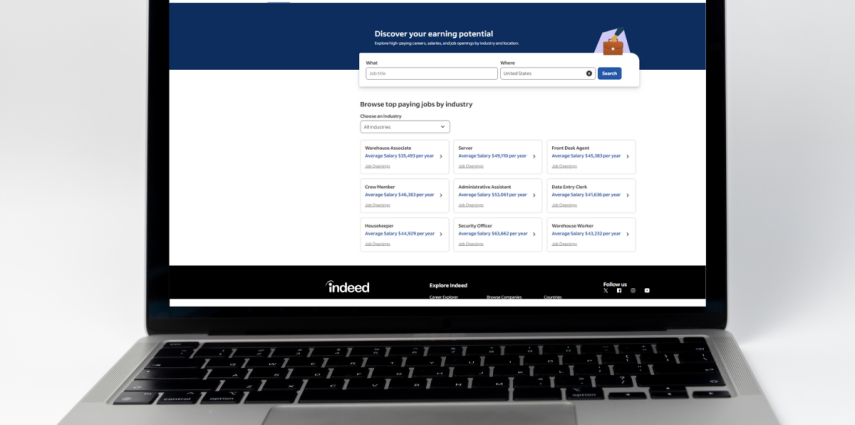In today’s fast-paced hiring landscape, recruiters are facing more pressure than ever to identify, engage, and hire top talent—quickly and efficiently. But the reality is that much of their time is consumed by administrative tasks: sorting resumes, scheduling interviews, sending follow-ups, and managing data across platforms. That’s where recruiting software automation comes in—not just as a trend, but as a powerful tool to transform your hiring workflow.
Why Recruiters Need Automation
Recruiting is about people. But ironically, the daily workload often pulls recruiters away from human connection. According to industry surveys, recruiters can spend up to 60% of their time on repetitive administrative work. This is time that could be better spent on:
- Building relationships with candidates
- Collaborating with hiring managers
- Enhancing employer branding
- Delivering a more personalized candidate experience
Recruiting software automation helps to bridge that gap. By handling the busywork, it frees you to focus on what really matters—people.
What Can Be Automated?
Modern recruitment software can handle a wide array of tasks, from the first job post to the final offer letter. Here are some of the key areas where automation adds value:
1. Pre-Screening Questions
Applicant tracking systems (ATS) can sift through hundreds of resumes in seconds, by sorting candidates to their desired recruit flow based on their responses to pre-screening questions on the application. No more manually reading through each resume—you get a shortlist of the most qualified candidates instantly.
2. Interview Scheduling
Automated scheduling tools sync with your calendar and allow candidates to choose from available time slots. This eliminates the back-and-forth emails and reduces scheduling errors.
3. Candidate Communication
From follow-up emails to status updates, automation tools can send personalized messages at key stages of the hiring process, ensuring candidates are never left in the dark.
4. Job Postings
Recruiting platforms can distribute your job listing across multiple job boards and social media platforms simultaneously, ensuring broader reach without extra work.
5. Reporting and Analytics
Automated dashboards provide real-time insights into your hiring funnel, helping you make data-driven decisions to improve speed, quality, and diversity of hires.
Choosing the Right Recruiting Software
When selecting an automation tool, look for features that align with your team’s needs. Key considerations include:
- Ease of integration with existing HR tools
- User-friendly interface for both recruiters and candidates
- Customization to reflect your unique hiring process
- Scalability as your organization grows
Popular tools in the market include our recruiting software Pereless Systems, offering a variety of levels of automation and flexibility.
Bradford’s Takeaway:

Recruiting software automation isn’t about replacing recruiters—it’s about empowering them. By reducing time spent on repetitive tasks, automation allows you to invest more energy into what really matters: building relationships, understanding candidate motivations, and finding the perfect match for your organization.
In a world where talent is the true competitive advantage, your time is your most valuable resource. Let automation take care of the routine so you can focus more on your business and finding remarkable talent.











